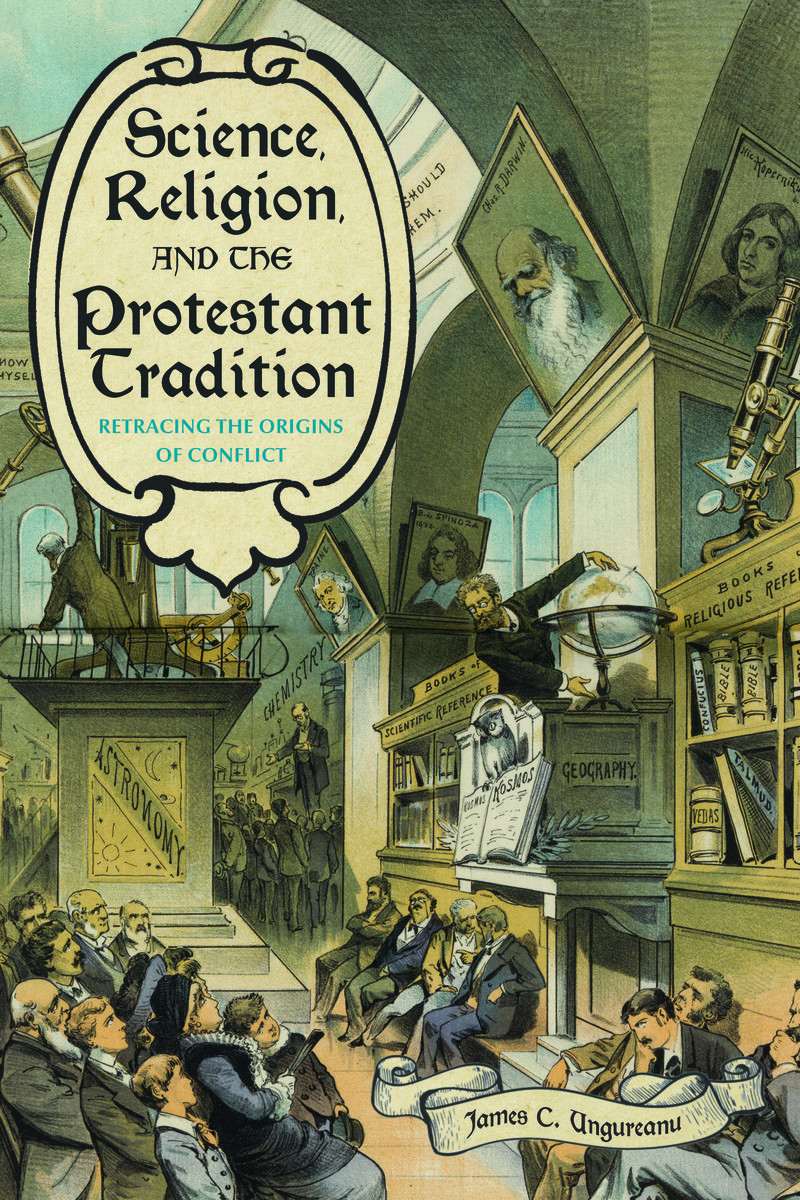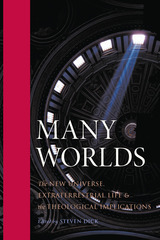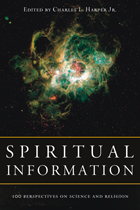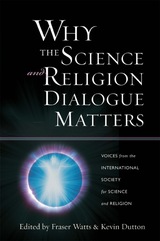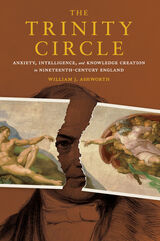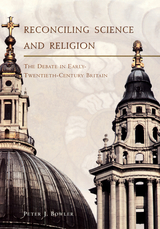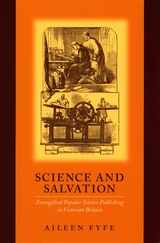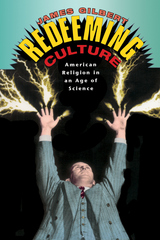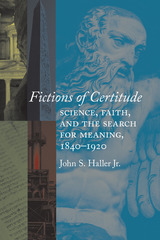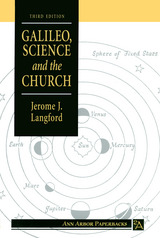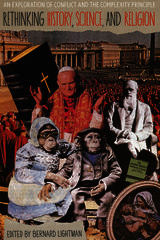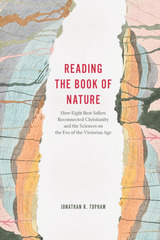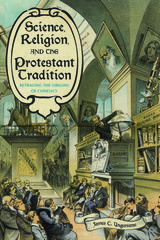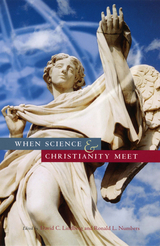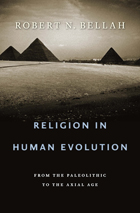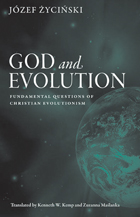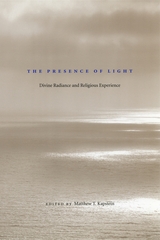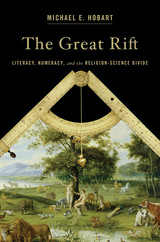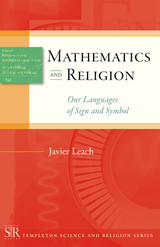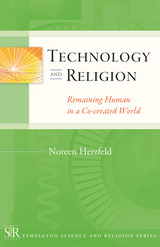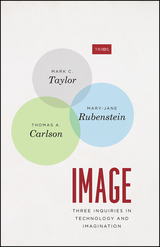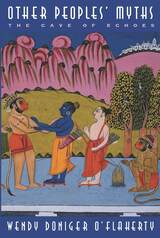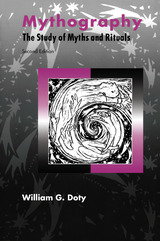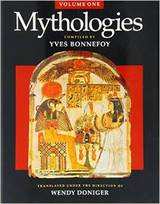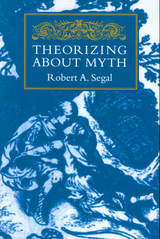Science, Religion, and the Protestant Tradition: Retracing the Origins of Conflict
University of Pittsburgh Press, 2024
Cloth: 978-0-8229-4581-9 | eISBN: 978-0-8229-8711-6 | Paper: 978-0-8229-6741-5
Library of Congress Classification BL245.U54 2019
Dewey Decimal Classification 261.55
Cloth: 978-0-8229-4581-9 | eISBN: 978-0-8229-8711-6 | Paper: 978-0-8229-6741-5
Library of Congress Classification BL245.U54 2019
Dewey Decimal Classification 261.55
ABOUT THIS BOOK | AUTHOR BIOGRAPHY | REVIEWS | TOC | REQUEST ACCESSIBLE FILE
ABOUT THIS BOOK
The story of the “conflict thesis” between science and religion—the notion of perennial conflict or warfare between the two—is part of our modern self-understanding. As the story goes, John William Draper (1811–1882) and Andrew Dickson White (1832–1918) constructed dramatic narratives in the nineteenth century that cast religion as the relentless enemy of scientific progress. And yet, despite its resilience in popular culture, historians today have largely debunked the conflict thesis. Unravelling its origins, James Ungureanu argues that Draper and White actually hoped their narratives would preserve religious belief. For them, science was ultimately a scapegoat for a much larger and more important argument dating back to the Protestant Reformation, where one theological tradition was pitted against another—a more progressive, liberal, and diffusive Christianity against a more traditional, conservative, and orthodox Christianity. By the mid-nineteenth century, narratives of conflict between “science and religion” were largely deployed between contending theological schools of thought. However, these narratives were later appropriated by secularists, freethinkers, and atheists as weapons against all religion. By revisiting its origins, development, and popularization, Ungureanu ultimately reveals that the “conflict thesis” was just one of the many unintended consequences of the Protestant Reformation.
See other books on: 1832-1918 | 19th century | Conflict | Protestantism | Religion and science
See other titles from University of Pittsburgh Press
